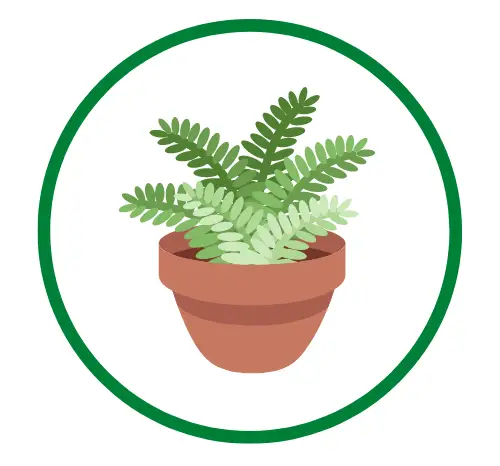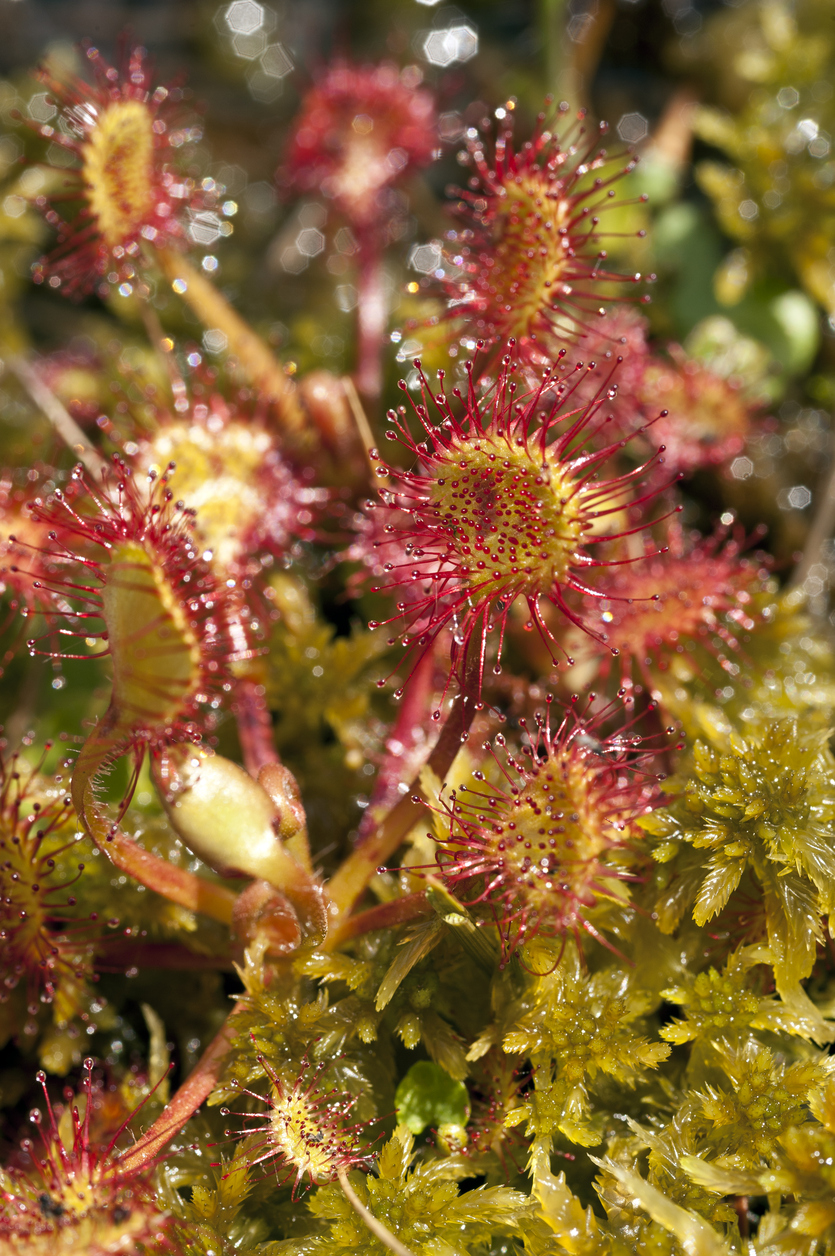45 Unique Sundew Name Ideas
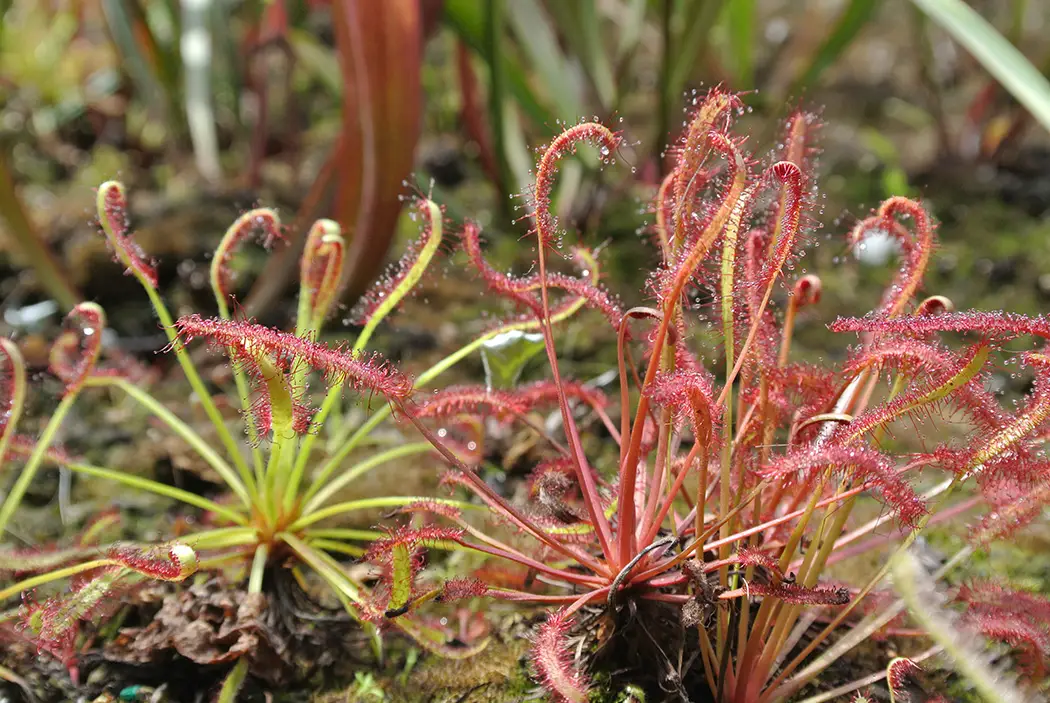
I like to give my plants code name ideas to help me identify them and to have a little fun as a proud Sundew owner.
I’ve come up with a long list of potential name Ideas for Drosera plants. Drosera, sundew, or something in between are associations with some names. I sincerely hope the list helps you come up with a good name for your plant. Some names, like binata, cape sundew, or spoon-leaf, are derived from different varieties of sundew.
45 name ideas for sundews are listed below:
- Dewie or dew
- Sunny D
- Bed head
- Mist or Misty
- Tangela (for the Pokemon fans)
- Mr Dew
- Lovely Dew
- Gum
- Bug killer
- Flubber
- Crazy hair
- Risky Business
- Bug Threat
- Adhesive
- Glue
- Molasses
- Sunny or Sun
- [Inser bug name] Terminator or just Terminator
- Octopus
- Little Tree (great match for cape sundew)
- Mr. Palm
- Tentacles
- Medusa
- Gorgon or Gorgona
- Adele
- Capi
- Forrest
- Curls or Curly
- Lollipop
- Fork (great match for binata)
- Y Plant or Why Plant (also great for binata)
- Death wish
- Red or Reddish
- Magenta
- Drop or droplets
- Savage or Savage Flower
- Gnarly
- Ant Eater
- Dron or Drona
- Drooti
- Droo
- Drorit
- Sera (short from Drosera 😉
- Sphagetti
- String
I’ve included a few names that are perfect fits because Cape Sundew is one of my favorite Sundews. A picture of my flowering from a few months ago is included.
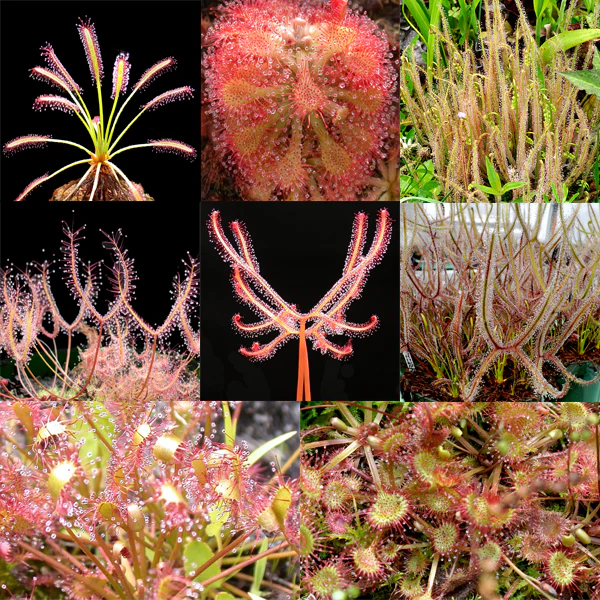
Sundew plants are known by the scientific name Drosera. Both Drosera and Sundew are commonly used interchangeably. Over 190 different species of Drosera are currently present and flourishing worldwide. The Cape Sundew, Drosera Binata, Spoon-leaf Sundew, and Drosera Adelae are a few common species.
Many people think about naming or taking their plant in addition to its scientific name to establish a connection and remember what it needs. After deciding on a name, be sure to note important care information, such as:
- What variety do you own?
- When did you get it?
- Last repot date
- Dormancy requirements
- General state/ health of the plant through the seasons
After exploring the names, be sure to read the sections below to learn more about caring for sundews because it can be difficult to keep them alive and healthy.
Sundew Care for Beginners
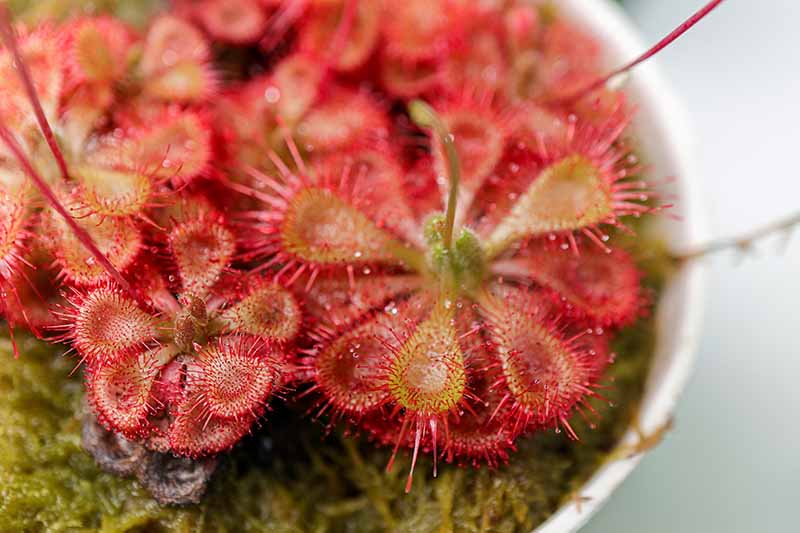
This brief guide explains the crucial factor that, when growing Drosera, you should keep in mind. Read through each item carefully, paying special attention to the extremely important soil, watering, and lighting requirements.
Soil: Steer clear of common soil blends at all costs. Use potting media for carnivorous plants instead. Carnivorous plant media come in a wide variety of forms, but they all share a minimal to nonexistent mineral content.
You can either make your own or purchase carnivorous plant soil online. To create the soil, you must mix silica sand, pure perlite, and/or sphagnum moss. Here is a website where you can order premium soil for carnivorous plants.
Lighting: Sundews require sunny conditions to remain healthy. As long as they receive prolonged exposure to lighting, they can thrive in either artificial or natural light environments. Every day, expose yourself to light for at least 6 hours. Also, try to get 12 or more hours of light if you can. Here are a few lights I’ve used for my sundews and other carnivorous plants if you intend to use artificial lighting:
For 1-4 plants, a small plant light
Multiple plant T8 LED light fixture (6500k Cool White)
Watering instructions: Only use reverse osmosis, distilled, or rainwater to water your sundew. Never use bottled or tap water to irrigate your sundew. Water with very few or no minerals is required by drosera. To maintain constant soil moisture, think about using the water tray technique. In this article, you’ll find comprehensive instructions for correctly watering your plant.
Feeding: Sundews benefit from access to bugs because it makes them grow bigger and healthier. Outdoor sundews can capture their own food, but indoor plants might need assistance. Feed your plant every 2-4 weeks with live bugs or dried bugs that have been rehydrated. Use of Fertilizers: It is not a good idea to combine sundews and fertilizers. To avoid harm, avoid fertilizing sundew plants. To encourage growth, think about feeding rather than fertilizing.
Repotting: Unless absolutely necessary, avoid repotting your sundew. The majority of Sundew varieties can survive in the same pot for a number of years; there is no need to repot them every year.
Trimming: Sundews occasionally lose leaves, just like all other plants do. Cut out the dead leaves to get rid of them. Trimming is not necessary, though. Additionally, it is advised that you wait until the leaf has completely withered before removing it.
Needs for humidity: Sundews thrive in high-humidity environments. Maintain humidity levels between 40% and 70% for optimal results. A practical way to raise the humidity indoors is with a humidifier.
Misting: Misting Sundews is not necessary, and it may even be harmful.
Some sundews require a period of dormancy, which is an inactive state. Please research the specific dormancy requirements of your sundew to keep it healthy. Dormant plants might need particular temperatures or variations in lighting.
Stress: Refrain from touching your plant’s leaves. In addition to stress, it also wipes out the dew drops. Additionally, those droplets are incredibly helpful for capturing and extracting vital nutrients from prey.
Fun Activities Using Sundew Plants
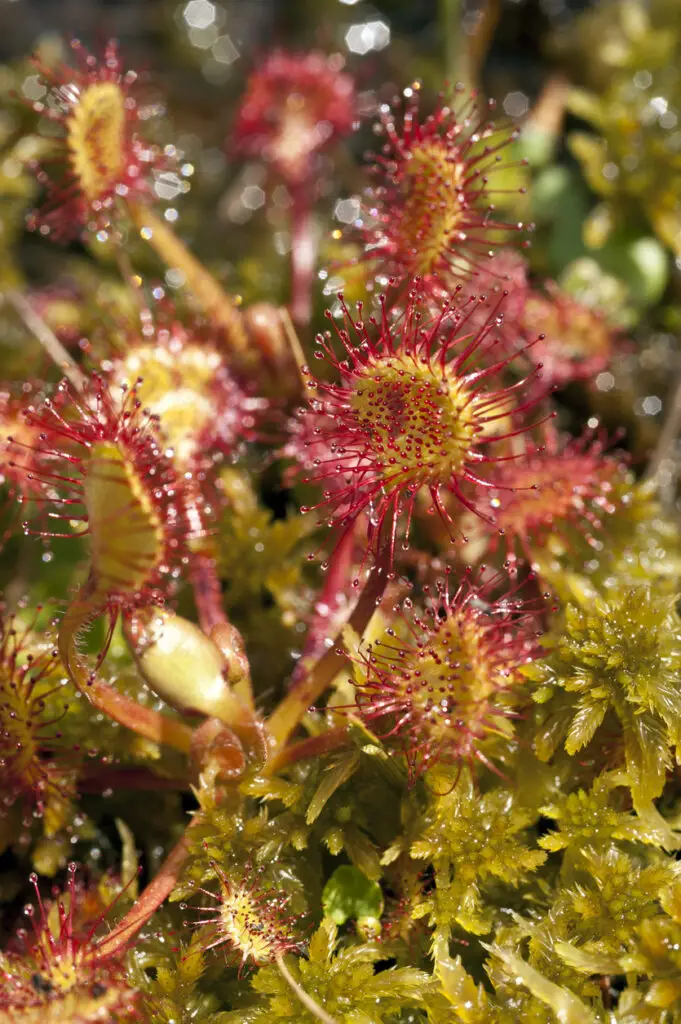
Feeding: Feeding your Sundew is very simple and can be a fascinating experience. To provide your plant with a nutritious meal, you can purchase small live crickets (or other small insects) from almost any pest control retailer. Put the bug in the leaf of your plant, and let it take care of the rest.
Multiple Propagation: Do you want to expand your collection of plants? Think about growing more Sundew. Once your plant has produced flowers, you can propagate it by sowing seeds. Numerous flowers and hundreds of seeds can be produced by a single flower stalk. Additionally, leaf cuttings are a quick and efficient way to clone your plant.
Use as a pest deterrent: Do you have problems with gnat or fruit fly infestations? Small insects can be effectively controlled by sundews. Consider strategically positioning your plant to allow it easy access to bugs while lowering the insect population in your house or greenhouse.
Create a bog garden: Sundews make excellent additions to bog gardens. Bog garden kits are available for purchase, or you can create your own by fusing a variety of sundews. A show-stopping bog garden is created by combining various shapes, colors, and textures. Additionally, think about incorporating different species of carnivorous plants, like venus flytraps, Sarracenia, and pitcher plants.
FAQ
What is the rarest sundew?
English sundew is one of the rare ones, with only five populations that have ever been observed in Wisconsin, all in the Lake Superior area. Of those five, only two have been seen in the past 40 years.
What is a good plant name (Name Ideas) ?
- Spaghetti (trailing succulents and ferns)
- Hot Dog (Dragon fingers)
- Bill (money plant)
- Christofern (fern plant)
- Fluffy (cactus)
- Lil Plant.
- Mr/Miss Plant.
- Mr. Prickles (cactus)
What do sundews represent?
Symbolism. Sundew’s symbolic meaning is ‘surprise‘, because nothing is what it appears. The dew is glue, the open leaf is a trap and the plant’s appearance is very cute but insects don’t stand a chance.
What happens if you touch a sundew?
Although Sundew plants aren’t technically poisonous, these plants contain something called “contraindications”. If you were to touch a carnivorous plant too often, you might experience irritation in the digestive tract.
Why is it called sundew?
Sundews are “flypaper” plants that trap prey in sticky hairs on their leaves. They make up one of the largest groups of carnivorous plants. Long tentacles protrude from their leaves, each with a sticky gland at the tip. These droplets look like dew glistening in the sun, thus their name.
What is the rarest carnivorous plant?
Nepenthes pitopangii. Perhaps the rarest tropical pitcher plant, only one plant ever found.
How do I ship sundews?
Size up your wrapped plants and place them in zip lock bags. Squeeze the air out to reduce the chance of them jostling around shipping. Carefully layer them in the box. Add shredded paper or crumbled newspaper to help cushion the box
